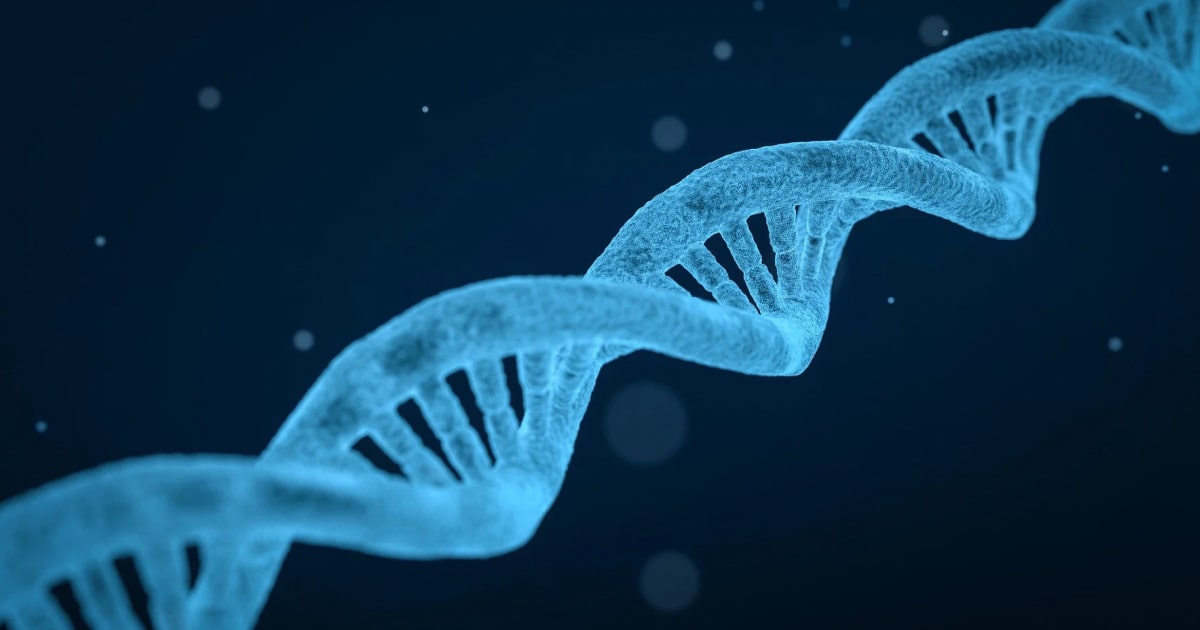
Expert Reviewed By: Dr. Brandon Colby MD
As our understanding of genetics continues to evolve, so does our ability to diagnose and manage a wide range of health conditions. One such condition is late-onset torsion dystonia 1, a rare movement disorder characterized by involuntary muscle contractions and abnormal postures. This article will explore the role of genetic testing in understanding, diagnosing, and managing late-onset torsion dystonia 1, with a focus on recent research findings and their implications for patients and healthcare providers.
Understanding Late-Onset Torsion Dystonia 1
Also known as DYT1, late-onset torsion dystonia 1 is a rare genetic disorder that primarily affects the muscles and the nervous system. Symptoms typically begin in childhood or adolescence, and they can progress over time, leading to significant disability and reduced quality of life. The condition is typically inherited in an autosomal dominant manner, meaning that an affected individual has a 50% chance of passing the mutation onto their offspring.
Recent research has shed light on the genetic basis of late-onset torsion dystonia 1. In a case report from South Korea, a 54-year-old male was diagnosed with the condition due to a mutation in the THAP1 gene, marking the first such case in the country. This finding highlights the importance of genetic testing in diagnosing and understanding the underlying causes of late-onset torsion dystonia 1.
Diagnosing Late-Onset Torsion Dystonia 1 with Genetic Testing
Genetic testing can be a valuable tool in diagnosing late-onset torsion dystonia 1, particularly in cases where the clinical presentation is atypical or the family history is unclear. By analyzing the patient's DNA, healthcare providers can identify mutations in the THAP1 gene or other genes associated with the condition, allowing for a more accurate and timely diagnosis.
Benefits of Genetic Testing for Diagnosis
There are several benefits to using genetic testing for the diagnosis of late-onset torsion dystonia 1, including:
- Improved accuracy: Genetic testing can help confirm a clinical diagnosis, particularly in cases where symptoms are mild or atypical.
- Early intervention: Identifying the condition early can allow for prompt initiation of treatment and management strategies, potentially improving long-term outcomes for patients.
- Family planning: Genetic testing can provide valuable information for individuals and families considering their reproductive options, including the risk of passing the condition onto future generations.
Limitations of Genetic Testing for Diagnosis
While genetic testing can be a powerful tool in diagnosing late-onset torsion dystonia 1, it is important to recognize its limitations:
- Not all cases are genetic: Some cases of late-onset torsion dystonia 1 may be sporadic, meaning that they are not caused by a known genetic mutation.
- Genetic testing cannot predict severity: Although genetic testing can identify the presence of a disease-causing mutation, it cannot predict the severity of symptoms or the rate of progression for an individual patient.
- Access and cost: Genetic testing may not be readily available or affordable for all patients and families, particularly in regions with limited healthcare resources.
Using Genetic Testing to Inform Management of Late-Onset Torsion Dystonia 1
While there is currently no cure for late-onset torsion dystonia 1, genetic testing can play a crucial role in guiding the management of the condition. By identifying the specific genetic mutation responsible for a patient's symptoms, healthcare providers can develop a personalized treatment plan that targets the underlying cause of the disorder.
Targeted Therapies and Future Research
As our understanding of the genetic basis of late-onset torsion dystonia 1 continues to grow, so does the potential for the development of targeted therapies. By focusing on the specific genetic mutations involved in the condition, researchers can explore new treatment avenues that may be more effective and have fewer side effects than traditional therapies.
For example, a recent study investigated the causes of sporadic late-onset cerebellar ataxia in a cohort of 205 patients, shedding light on the potential genetic factors involved in this related movement disorder. As research continues to unravel the genetic complexities of late-onset torsion dystonia 1 and related conditions, patients and healthcare providers alike can look forward to a future of more personalized, targeted treatment options.
About The Expert Reviewer
Dr. Brandon Colby MD is a US physician specializing in the personalized prevention of disease through the use of genomic technologies. He’s an expert in genetic testing, genetic analysis, and precision medicine. Dr. Colby is also the Founder of and the author of Outsmart Your Genes.
Dr. Colby holds an MD from the Mount Sinai School of Medicine, an MBA from Stanford University’s Graduate School of Business, and a degree in Genetics with Honors from the University of Michigan. He is an Affiliate Specialist of the American College of Medical Genetics and Genomics (ACMG), an Associate of the American College of Preventive Medicine (ACPM), and a member of the National Society of Genetic Counselors (NSGC)